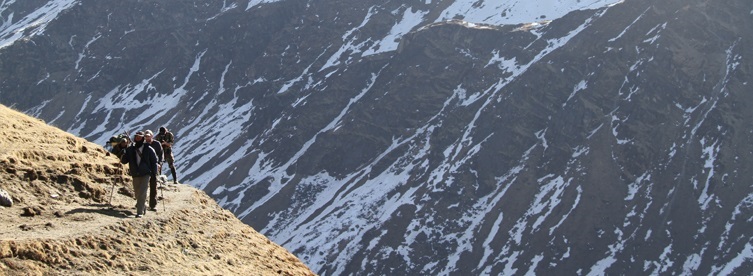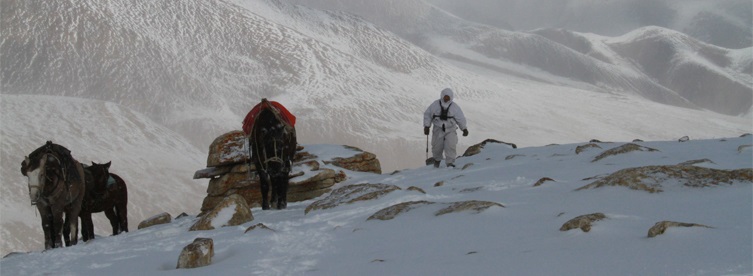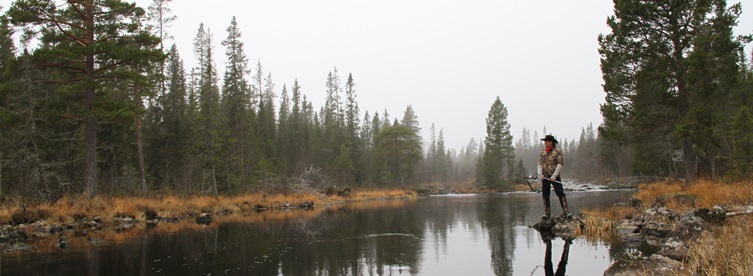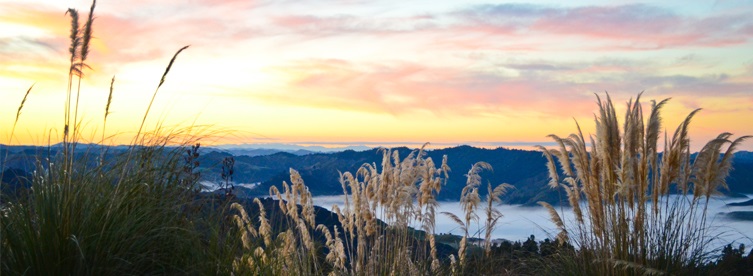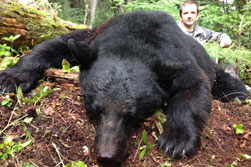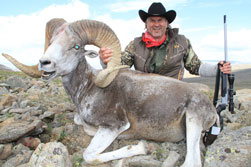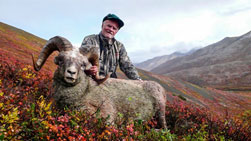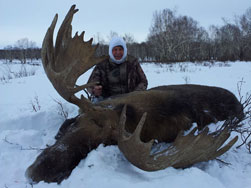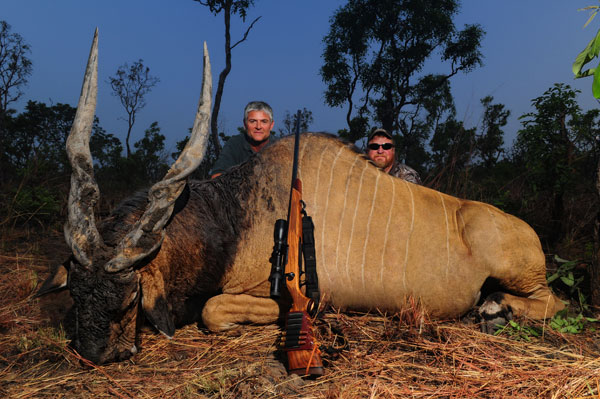Sign up for our Email Newsletter
North America Deer Antelope Hunting
The mule deer is the large deer of the western United States and Canada and northern Mexico. It is characterized by bifurcated antlers- those with sets of even forks, rather than a main beam sprouting multiple tines. There are more than nine subspecies of mule deer, but hunters group these into four (4) major categories: Rocky mountain mule deer, desert mule deer, Columbia black-tailed deer and Sitka black-tailed deer.
Rocky Mountain Mule Deer
Largest of the mule deer clan, the Rocky Mountain mule deer is a stocky heavily built deer with large, impressive antlers. Mature bucks can reach weights of up to 300 pounds. It is found throughout the southern parts of British Columbia, Alberta, Saskatchewan and Manitoba in Canada, southward to northern California, Arizona and New Mexico.
Hunts:
• Colorado – 6 day hunt, landowner permit
• Utah – 6 day hunt, landowner permit
• New Mexico – 6 day hunt, landowner permit
Desert Mule Deer
Similar to the Rocky Mountain mule deer, the desert mule deer is adapted to the hot, arid conditions of the desert southwest of the United Sates and Mexico. It is slightly smaller than its Rocky Mountain cousin and the antlers tend to be less massive. They are found in southern California, Arizona, New Mexico, and in West Texas, as well as in Baja California, Sonora and Chihuahua, and Coahuila in Mexico.
Hunts:
• New Mexico – 6 day hunt, landowner permit
• Mexico, Sonora – 7 day hunt, landowner permit
Columbia Black-Tailed Deer
Smaller than the typical mule deer, the black-tailed deer also sports the characteristic black tail, which is wider and proportionally larger than the tail of typical mule deer and entirely black, with white underside.
The Columbia black-tailed deer is the larger of the two subspecies; mature bucks weighing ca. 150 pounds. This deer is found from Bella Bella in British Columbia southward, including Vancouver Island, in Canada, to Monterey County in California.
Hunts:
• Vancouver Island – 7 day hunt
• California – 7 day hunt
Sitka Black-Tailed Deer
Slightly smaller than the Columbia Black-tailed deer, with shorter legs, this deer gets its name from the Tlingit native American language. Mature bucks seldom exceed 150 pounds in weight and the antlers are distinctly smaller than those of the Columbia black-tailed deer. This deer is found from southeastern coastal Alaska, including the islands of Kodiak, and Afognak, as well as the islands of Prince William Sound, along the coast of British Columbia to the Queen Charlotte Islands of Canada.
Hunts:
• Alaska, Kodiak Island – 7 day hunt
• Alaska, Inland Passage – 7 day hunt, by boat
Whitetail Deer
The white-tailed deer is the most numerous and widely distributed deer in North America and certainly the most popular game animal on this continent. There are 38 subspecies recognized – 30 in North America and 8 in South America. It is found in every state of the United States except Alaska and Hawaii, all the provinces of Canada, except Nunavut, every state of Mexico except Baja California and throughout Central America. It has adapted well to civilization and thrives in agricultural lands, expanding its range and numbers year by year. The population in North America is currently estimated to be well over 15 million and increasing, with an annual harvest of more than 2 million deer.
Safari Club International divides the whitetail deer into eight (8) categories for trophy recording purposes, including the Coues deer from the desert southwest. The Boone & Crockett Club recognizes only two, separating only the Coues deer from the rest. Mature bucks can weigh from less than 100 pounds to over 300 pounds, depending on the region and habitat.
The Hunting Consortium arranges hunts for all of the varieties recognized by SCI, including several varieties in Mexico which may soon be separated into additional categories. In several cases we offer many different hunts for the same variety, or subspecies. We represent more than 20 operators throughout the United States, Canada and Mexico. Hunts are generally are priced by the size of the trophy to be expected and the difficulty of outfitting. We offer hunts only on private land, both free range and high-fenced. Following here are some examples:
Hunts:
• Texas – 7 day hunt, free range
• Texas – 4 day hunt, high fence
• Colorado – 6 day hunt, landowner permit
• Iowa – 4 day hunt, high fence
• Michigan – 4 day hunt, high fence
• Georgia – 5 day hunt, free range
• Ohio – 3 day hunt, high fence
• Saskatchewan – 6 day hunt, free range
Coues Deer
The diminutive Coues deer, named for U.S. Army physician Dr. Elliott Coues, is adapted to the hilly regions of the desert southwest. Mature bucks seldom weigh over 100 pounds. It is lighter in coloration than most other whitetail deer. It is found in southern Arizona, southwestern New Mexico and in the northwestern sates of Mexico, especially in Sonora and Chihuahua. This deer is often taken as a byproduct of our desert mule deer hunts.
Hunt:
• Mexico, Sonora – 5 day hunt
Mexican Whitetail Deer
In addition to the Coues deer, there are 9 other regional whitetail subspecies and variations in Mexico. These are the Carmen Mountain whitetail, the Miquihuan whitetail, Veracruz whitetail, highland Mexican whitetail, rainforest whitetail, Oaxaca whitetail, Sinaloa whitetail, Acapulco whitetail and lowland Mexican whitetail.
The Hunting Consortium offers special collection hunts on private ranches for all of these varieties of whitetail deer.
Central American Whitetail Deer
Whitetail deer are found throughout Central America. These are the smallest of all whitetails, with mature bucks seldom reaching 100 pounds of body weight. The varieties include, the lowland Mexican whitetail, Yucatan whitetail, Chiapas whitetail, all from Mexico, and the Nicaragua whitetail, Panama whitetail, and Coiba Island whitetail. The largest trophies are produced in the Nicaragua whitetail race, which is found from eastern Campeche in Mexico, southward through Belize to costa Rica.
Hunt:
• Mexico, Campeche – 6 day hunt
Brocket Deer
These deer are unique to the Western Hemisphere. They resemble the muntjacs of Asia. These are small deer with arched backs, short tails and short, straight, dagger-like antlers. They are found in tropical Mexico and throughout Central America and South America. There are three subspecies, the red brocket deer, Yucatan Gray-brown brocket deer and the common gray-brown brocket deer.
Red Brocket Deer
This is the smallest deer of North America, with adult males seldom reaching 30 pounds in weight. They are denizens of the jungle and are shy and difficult to hunt. They are semi-nocturnal and keep to thick undergrowth. They are usually hunted in combination with the white-lipped peccary, also a jungle species.
They are found from Campeche on the Yucatan Peninsula, Chiapas, eastern Oaxaca and along the Gulf Coast in southern Tamaulipas in Mexico and throughout Central America.
Hunt:
• Mexico, Campeche – 5 day hunt, tented camp
Yucatan Gray-Brown Brocket Deer
Larger than the red brocket deer, mature males can reach 50 pounds in weight. This deer is quite similar to the red brocket in other aspects and traits. These deer are restricted to the Yucatan Peninsula of Mexico and the northern half of Belize and the border area of northern Guatemala. They are more numerous in the same habitat as the red brocket deer.
Hunt:
• Mexico, Campeche – 5 day hunt, tented camp
Pronghorn Antelope
Not a true antelope because it sheds its horns each year, the pronghorn is classified in its own order, known as Artiodactyla, in which it is the only species. It is a truly unique game animal to North America. It is a colorful animal of the open plains. Bucks weigh 100 – 140 pounds and carry horns with distinct prongs, which give the species its name. Pronghorns are found throughout the western United States and southward into all the states of northern Mexico and into British Columbia, Alberta and Manitoba in Canada.
Hunts:
• New Mexico – 3 day hunt
• Colorado – 3 day hunt

